List of CGBSE Physics Practicals for Class XI XII
The Chhattisgarh Board of Secondary Education, or CGBSE in short, controls the intermediate level of education in the state of Chhattisgarh. The Chhattisgarh board official website can be found here: https://cgbse.nic.in . They have built up quite a solid practical curriculum, and therefore we are presenting the CGBSE physics practical syllabus in this article.
The syllabus is quite detailed and covers all the skills a higher secondary level student should acquire by the end of class 11 12. This is quite a long syllabus, and for many reasons many schools do not choose to complete it. But if you are looking to pursue a career in the line of physics or technology, then you will need all the skills out of this set of experiments and observations. Naturally, this list comes very handy in this case, to chalk out which practicals you have finished and which not.
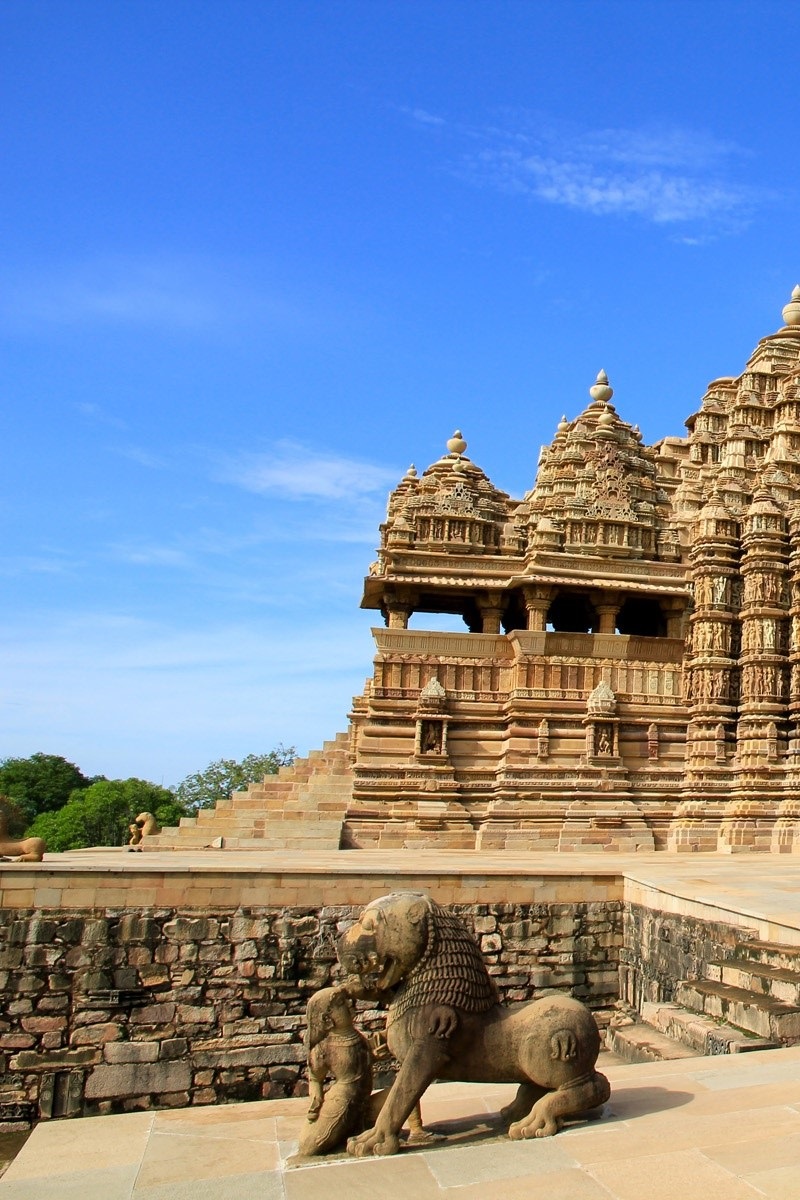
CGBSE Practical Syllabus for Class 11
In Chhattisgarh board physics practicals, you have to learn to perform at least 15 experiments from each part, with at least 6 from either part. You will also have to record the experiments in a particular format (as told by the teacher or lab instructor) and submit the record at the time of the annual practical examination. Furthermore, you have to record 5 activities as demonstrated by your teacher or lab instructor, 2 from each part at least.
In the practical exam at year end, you will have 3 hours to complete the tasks given to you, for a total of 30 marks. You will need to complete two experiments (one from each section) of 8 marks each. You will also show your year-round practical work record which is worth 6 marks, and project report (explained below) worth 3 marks. Afterwards, there will be a viva season on all of the above for 5 marks.
Part A
Experiments
- Vernier caliper experiment:
- For measuring the diameter of a small cylindrical or spherical object
- For measuring the density of an rectangular block object type object of a given mass
- Measurement of the internal diameter and depth of the given calorimeter or beaker and determine the volume.
- Screw gauge experiment:
- Measure the thickness of a wire (diameter)
- Measure the thickness of a sheet
- Measure the volume of an irregularly shaped object (lamina)
- Determination of the radius of curvature of a given spherical surface with the help of a spherometer.
- To determine the mass of two different objects with the help of Beam Balance.
- To find the weight of a given object by the law of parallelograms of vectors.
- To draw the L-T graph of a simple pendulum and determine the effective length of the second pendulum with the help of that graph.
- To study the relationship between the marginal force of friction and normal reaction and to determine the coefficient of friction between a block and a horizontal plane.
- To study the period of pendulums of different masses but of the same frequency and of fixed length.
- To determine the force acting on the vector and to study the relationship between force and angle with the horizontal by drawing a graph in force and sin.
Demonstrations
- To make a paper scale of a given least count like 0.2cm, 0.5cm.
- To measure the mass of a given object with the principle of the moment of a meter scale. Graph for the data given by the selection of appropriate scales and error signals.
- Measuring the limiting force of friction for rolling a roller on a horizontal plane.
- To study the change in the range of a jet of water by projectile angle.
- To study the conservation of energy in a ball rolling down an infinite plane (using a double infinity plane).
- To study the energy (dissipation) transformation of a simple pendulum by drawing a graph between the square of its amplitude and the time.
Part B
Experiments
- To find the Young’s elasticity coefficient of the material of the given wire.
- Determination of force constant by drawing a graph of weight spread of a spiral spring.
- Measuring the marginal force of friction for rolling a roller on a horizontal plane.
- To study the change in the range of a jet of water by the angle of the projectile.
- Study of conservation of energy in a ball rolling down an inclined plane (using a double inclined plane).
- By drawing a graph between the square of its amplitude and time in a simple pendulum to study energy (dissipation) conversion.
- To find the Young’s elasticity coefficient of the material of the given wire.
- Determination of force constant by drawing a graph of weight spread of a spiral spring.
- To study the volume change with pressure by drawing graphs between P and V and between P and I/V of available air at constant temperature.
- Determination of surface tension of water with the help of capillary elevation method.
- The marginal velocity of a given spherical body is measured by determination of viscosity coefficient.
- Relationship between temperature and time of a hot object with the help of a cooling curve.
- To study the relationship between the frequency and length of a stretched string at a constant tension with the help of a sonometer.
- To study the relationship between the length and tension of a string stretched at a fixed frequency with the help of a sonometer.
- To determine the speed of sound in air by two resonance positions with the help of a room temperature resonance tube.
- Find the specific heat capacity of a given solid with the help of a mixing method.
Demonstrations
- Observing Activity State Change and Cooling Curve for Molten Wax.
- To observe the effect of heat on a bimetallic strip and explain.
- To observe the change in the level of a liquid kept in a vessel on heating and explain.
- Observations of the capillary elevation of the effect of detergents on the surface tension of water.
- To study the factors affecting the rate of heat loss of a liquid.
- To study the effect of weight on the depression of a suitably tightly weighted scale (i) at its ends (ii) in the middle.
- to observe a decrease in pressure with an increase in the velocity of a liquid.
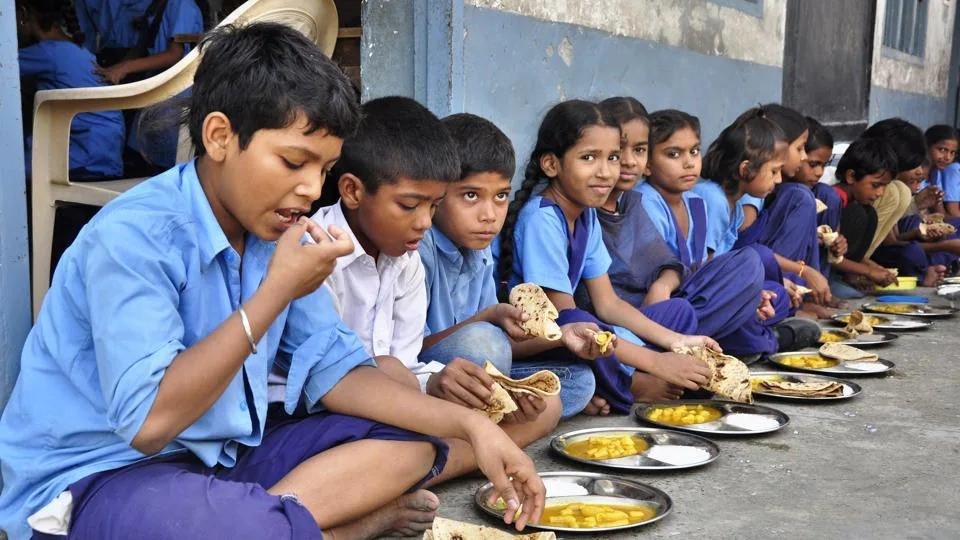
CGBSE Practical Syllabus for Class 12
The marks distribution and scheduling of the Chhattisgarh board practical syllabus for XII-th standard is similar to that of the XI-th standard. The experiments and activities are listed below.
Part A
Experiments
- To find the resistance of the given wire per unit length by drawing the graph between the potential difference and the current.
- To find the resistance of a given wire with the help of a meter bridge and with its help to find the specific resistance of the material of the wire.
- Verification of series combination of resistors with the help of meter bridge.
- To verify a parallel sequence combination of resistors with the help of a meter bridge.
- Comparison of the electromotive force of two primary cells with the help of a potentiometer.
- To determine the internal resistance of the primary cell with the help of a potentiometer.
- To find the resistance of the galvanometer by the half-deflection method.
- Convert galvanometer of given known resistance and insensitivity to voltmeter of desired range and verify resistance and sensitivity.
- Convert galvanometer of given known resistance and sensitivity to desired rated ammeter and verify resistance and sensitivity.
- To find the frequency of alternating current mess with a sonometer.
Demonstrations
- Measuring the resistance and impedance of an inductor without iron core and with iron core.
- Measure the resistance, potential (AC/DC), and current (AC) of the circuit with the help of a multimeter and check the continuity of the circuit.
- To construct a household circuit consisting of three bulbs, three on/off switches, a fuse, and a power source.
- Assembling the components of a given domestic circuit.
- To study the change in potential difference occurring in the state of a constant steady current of a wire of a given length.
- Draw a diagram of a given open circuit consisting of a battery, a current controller, a key ammeter, and a voltmeter. List the components which are not connected correctly in the circuit and correct them and draw the circuit diagram.
Part B
Experiments
- To find the value of V for different values of k of a concave mirror and find its focal length.
- To find the focal length of a convex mirror with the help of a convex lens.
- To find the focal length of a convex lens by drawing a graph between u and V.
- To find the focal length of a concave lens with the help of a convex lens.
- To find the minimum deviation angle of the given prism by drawing a graph between the angle of incidence and the angle of deviation.
- To determine the refractive index of a glass block with the help of a moving microscope.
- To find the refractive index of water with the help of a convex lens and plane mirror.
- Calculate the I-V characteristics graphs of a p-n junction diode in forward and reverse bias.
- Drawing the characteristic curve of the Zener diode and using it to find the reverse breaking potential.
- Drawing a characteristic curve of a common-emitter npn or pnp transistor and finding the current gain and voltage gain.
Demonstrations
- To identify each in a mixed combination of diode, LED, transistor, IC, resistor and capacitor.
- With the help of a multimeter, (i) identify the base of a transistor (ii) differentiate between npn and pnp transistors (iii) observe the flow of a direct current in the diode and the LED. (iv) check the working condition of a given electrical component like diode, transistor, IC etc.
- To study the effect of light intensity in LDR (by changing the distance from the source).
- To observe the refraction and lateral deviation of a light ray falling obliquely on the glass block.
- Observing the polarization of light with the help of two polaroids.
- Observing the diffraction of light through thin slits.
- To study the nature and shape of the image on a screen (i) convex lens (ii) concave mirror (for different distances of the candle from the lens/mirror) on a screen using a candle and a (screen).
- To make a lens combination of specified focal length using any two lenses from the given lenses.
Project
For CGBSE physics practicals, students need to submit one project report at the very least, at the time of the annual practical examination. The project can be one of the following, or on some other topic approved by the lab teacher.
- To study the factors affecting the electromotive force and internal resistance of a cell.
- To study the change in current flowing due to a circuit in which an LDR is installed ‒
- Illuminate the LDR with different powers of an incandescent bulb (while all the bulbs are at the same distance).
- Illuminate the LDR at different distances from an incandescent bulb of the same power.
- To find the refractive index of water and transparent liquid (oil) with the help of a plane mirror and convex lens. (adjusted object needle).
- To construct the appropriate logic gate combination for the given truth table.
- To find the relation between compliance of (i) input and output voltage and (ii) number of turns in the primary and secondary coil with self-designed transformer.
- To determine the dependence of the angle of deviation on the angle of incidence by filling different transparent liquids one by one in a hollow prism.
- To find the induced charge of each of two identical non-conducting spheres suspended in a vertical plane using Coulomb’s law.
- Preparation of common base transistor circuit and study of its input and output behavior and calculation of its current gain.
- A.C. of the adjusted frequency. To study the factors that depend on the self-inductance of a coil by observing the effect of the coil by placing the resistance / bulb in series in a circuit flowing through the source.
- Making a switch with the help of a transistor and drawing a graph between the output and input potentials and the stopping potential, saturated current and working area.
- Study of Earth’s magnetic field with the help of a tangent galvanometer.
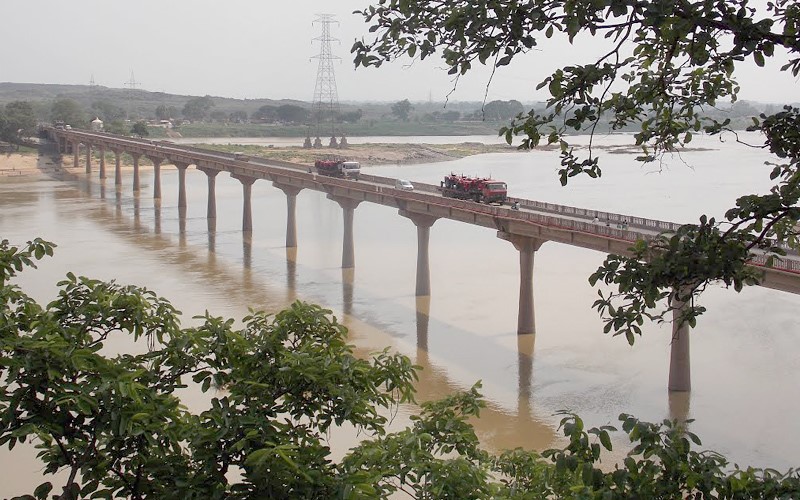
How to Perform Chhattisgarh Board Physics Practicals
While the above CGBSE physics practical syllabus may look large and detailed, it is not hard to complete. All you need is a good dry lab furniture setup in an ample, well-lit space, and Labkafe’s CGBSE Physics Lab Package. This lab equipment package is configured to provide all the lab apparatus, equipment, support items and consumables needed to perform all the experiments and observations given above.
What’s more, this lab package is customized to be an affiliation package for the CGBSE board. Meaning, if you are building up your school to get affiliated to the Chhattisgarh board, then you can use this ready-made package (suitable for 30 students) to get that easily. Cherry on top, the package is also highly customizable, so you can edit it to your heart’s content.
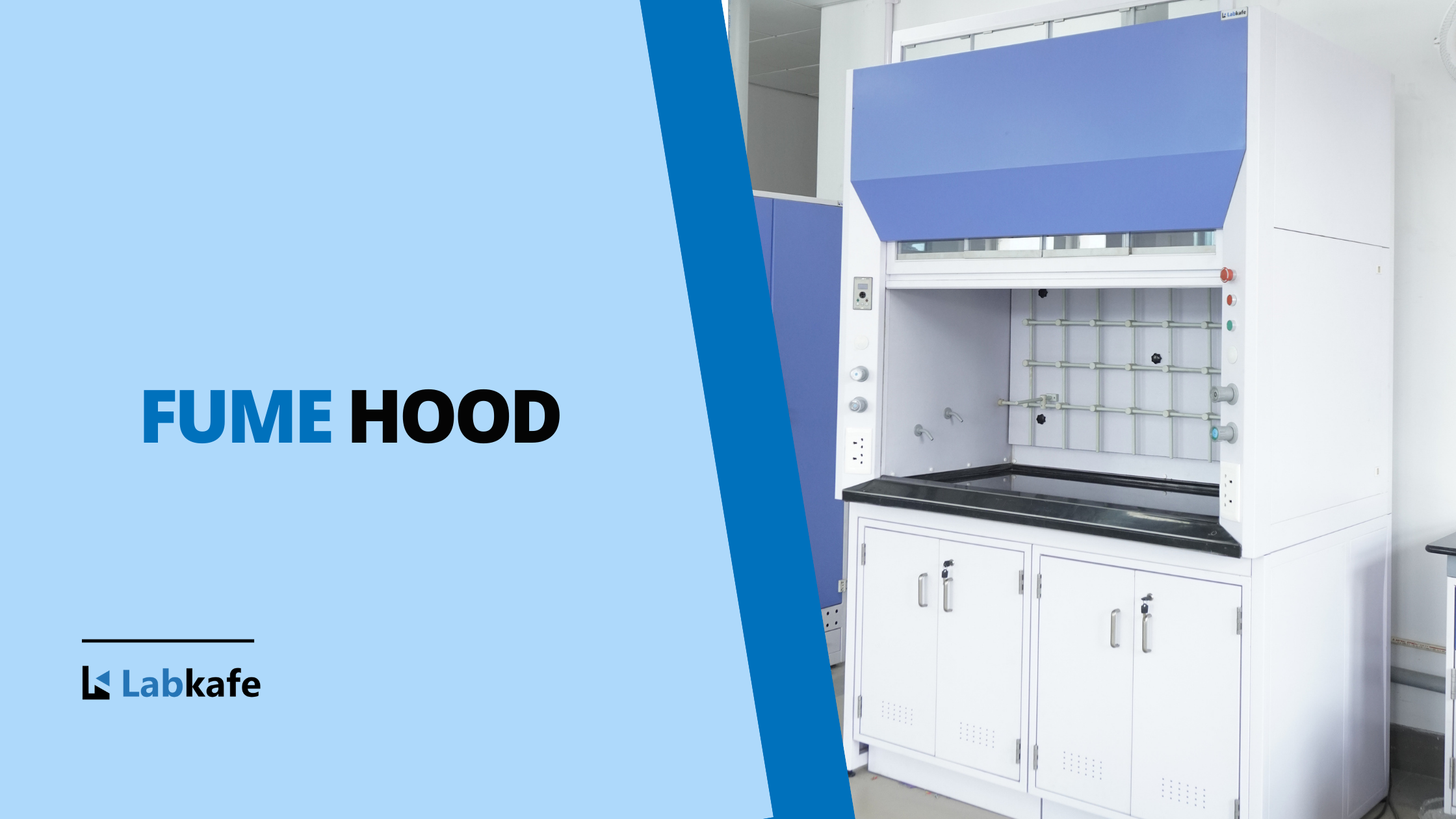
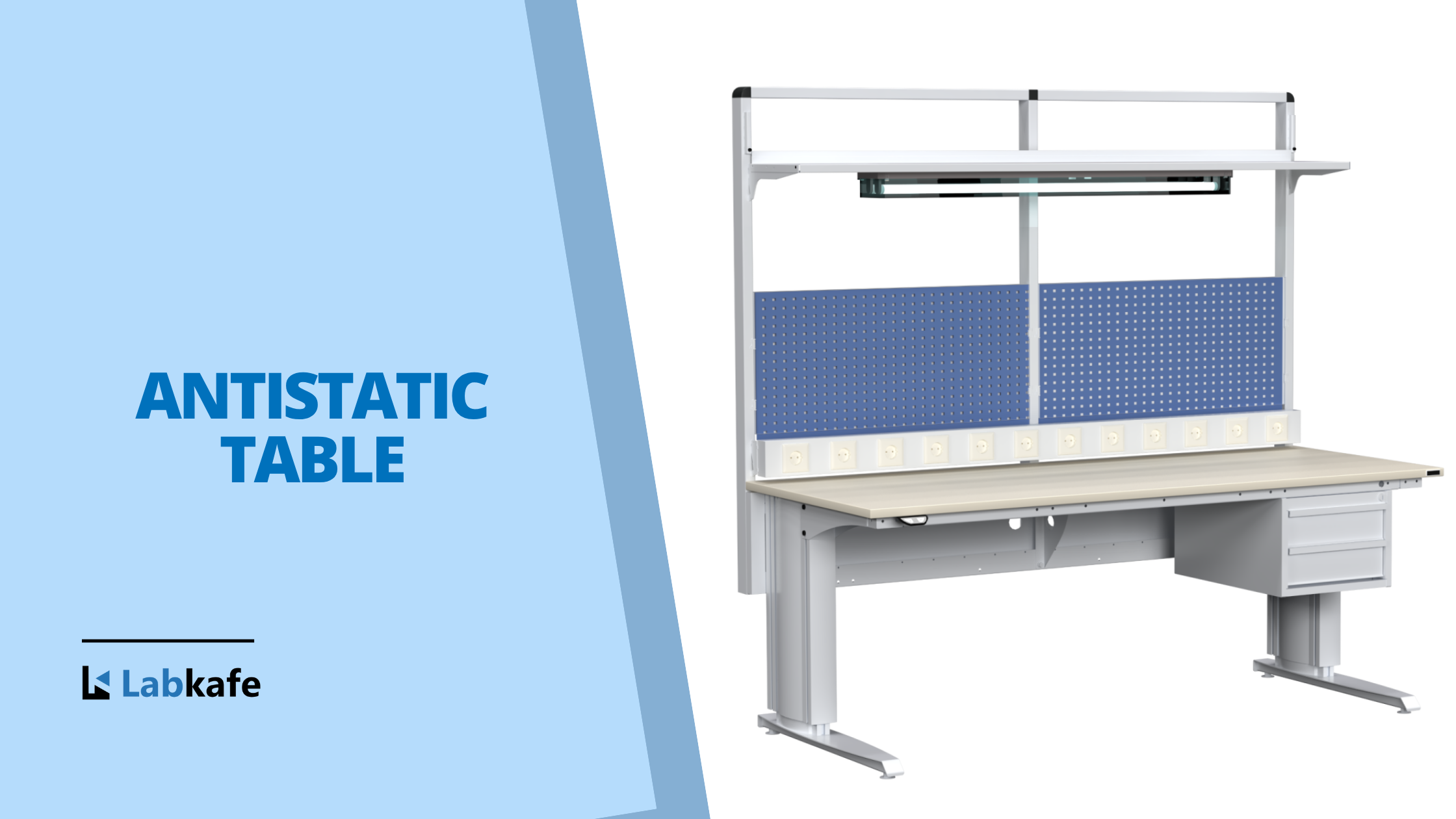
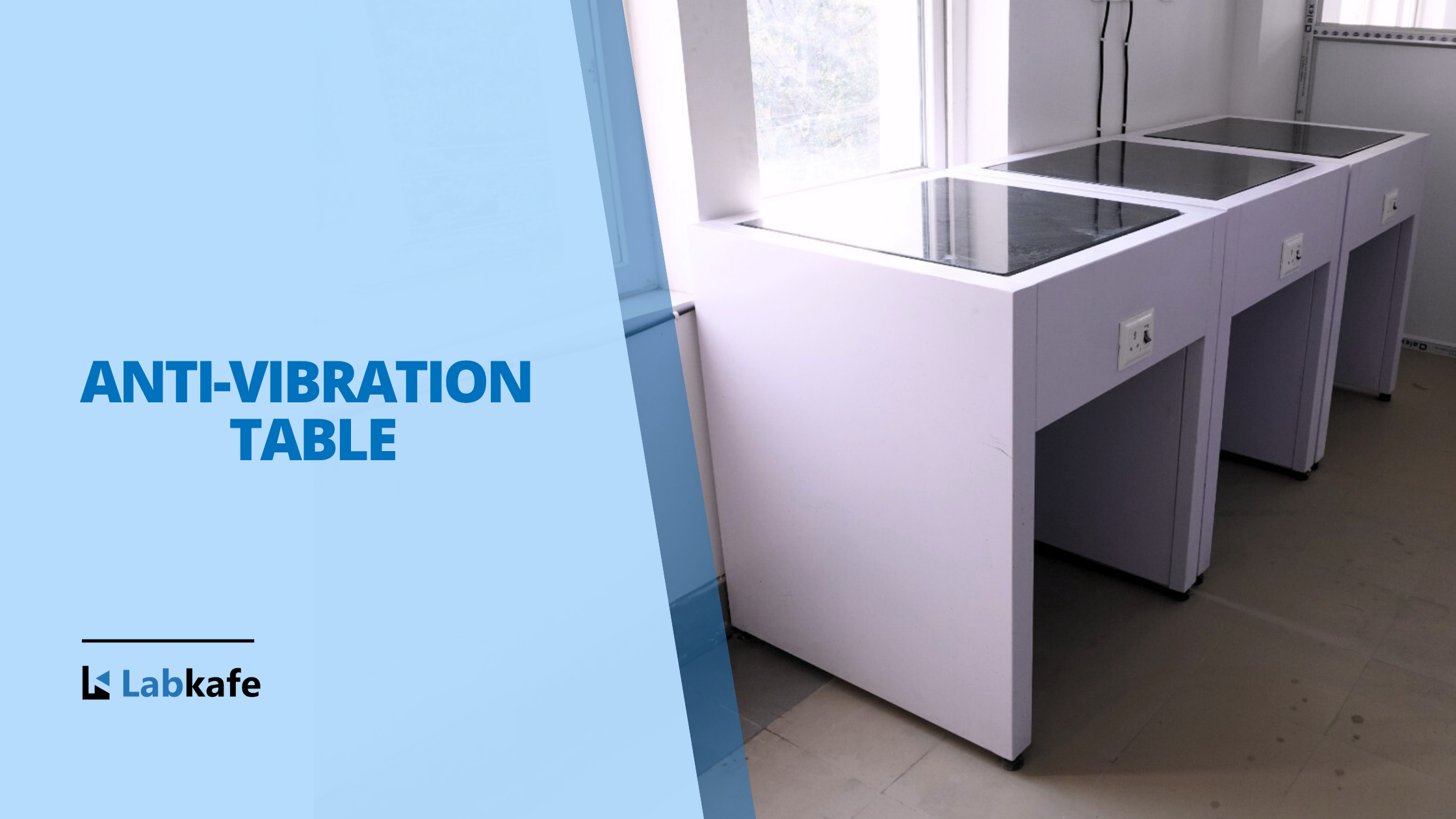
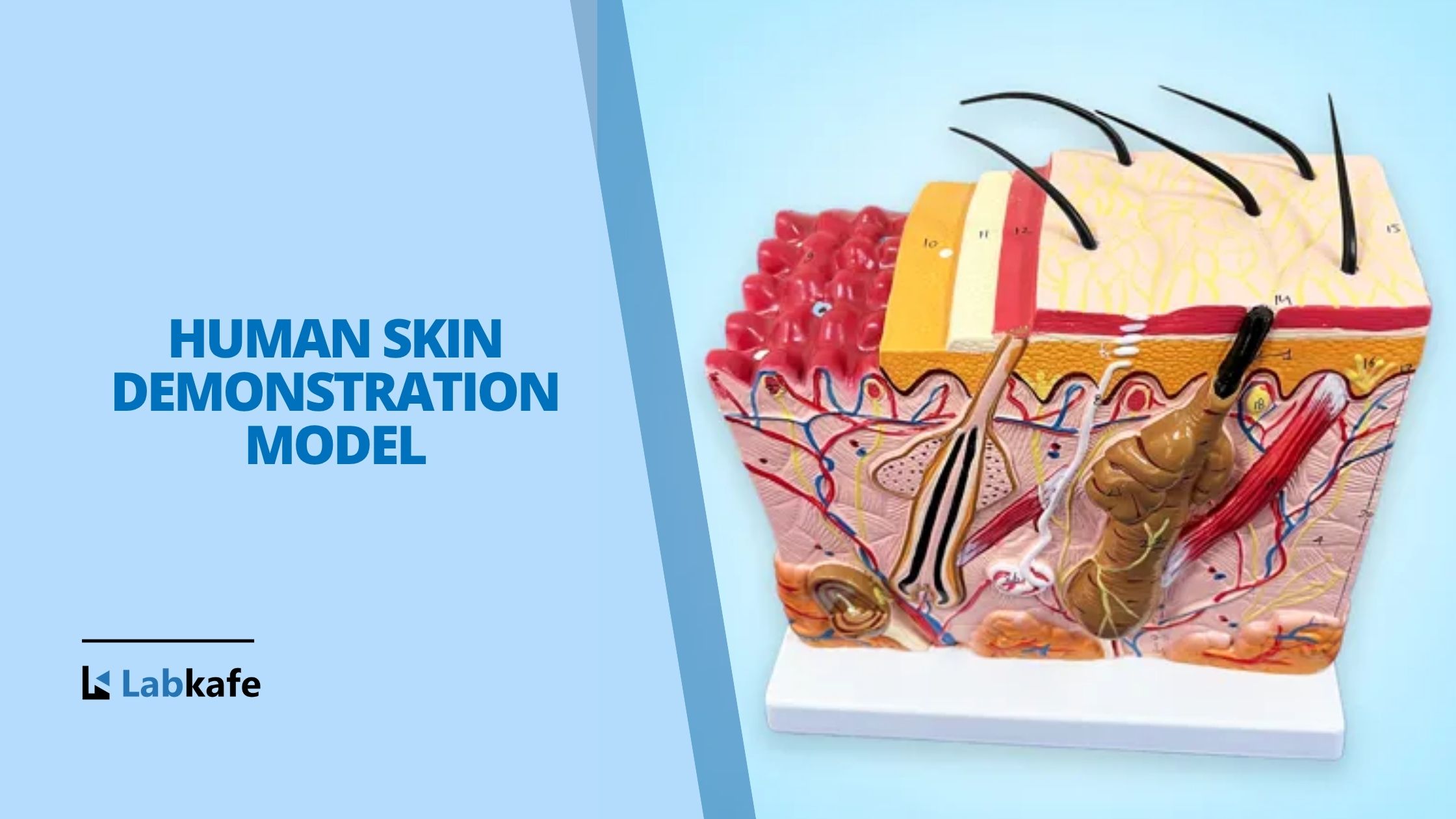
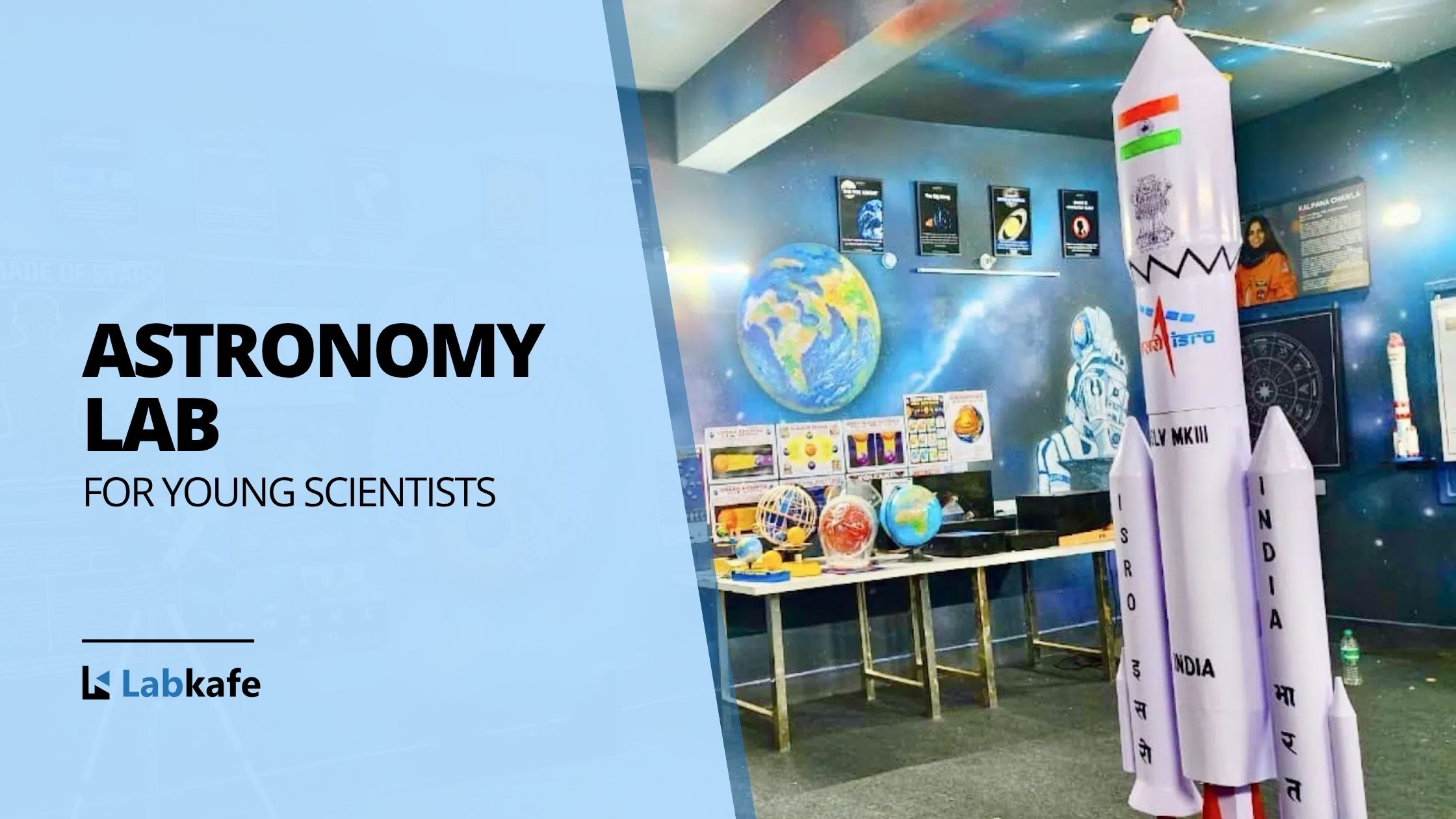







Leave a Reply